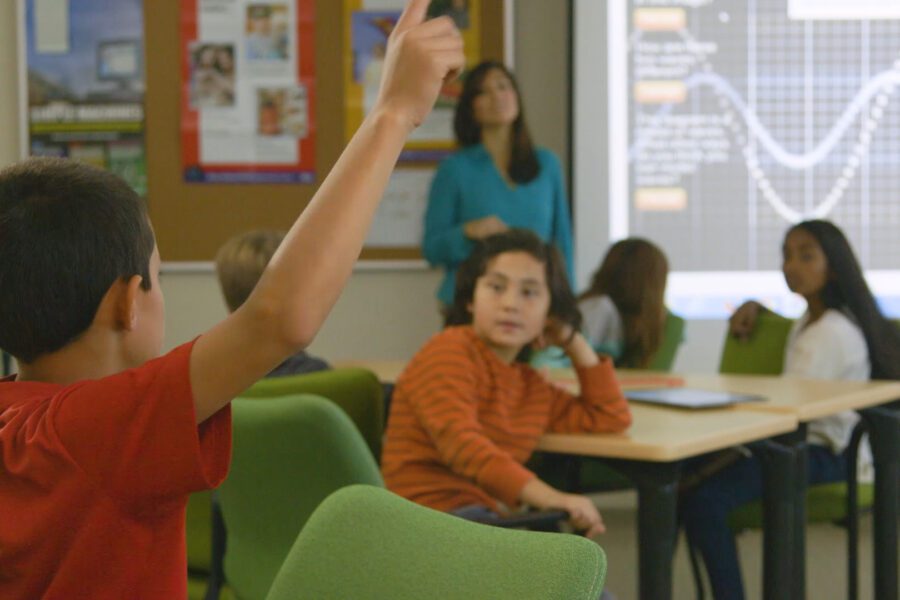
Civic learning is an important 21st-century skill. Students can begin to understand the political landscape of the United States and learn how to get involved in their community from an early age. Free teaching tools and civic engagement activities from TCI’s Civics Library can help K-5 teachers introduce elementary students to civics and give examples of how to demonstrate good citizenship at home, at school, and in the community.
Model Democracy in the Classroom
Voting is one of the most important ways to demonstrate civic engagement in the real world. From local and state elections to primaries and midterms, students will need to learn about the voting process so they can participate in elections as adults.
Teachers can prepare students to become well-informed voters by modeling democracy in the classroom. The Democracy in the Classroom activity walks students through the voting process. First, students propose a rule for the classroom that solves a problem. They can conduct a vote or hold a debate to discuss changes to the rule.
Identify Good Citizenship at School
Defining citizenship can be valuable to students as they learn about civics. Going over the rights and responsibilities of citizens and providing concrete examples for ways students can illustrate good citizenship can help students become civically minded at an early age. Identifying the characteristics of good citizens can begin in the classroom.
How can students be good citizens at school? Teachers can use the Citizenship at School activity to provide examples for students of how to demonstrate citizenship with their classmates. Students can use the web tool to brainstorm more ways to be good citizens at school.
Develop Solutions for the Community
What if students want to think bigger and make a difference in their community? Students can get involved in civics outside of school in many ways. From volunteering with service groups to attending community meetings and events, students can participate in their community from an early age.
If students notice a problem in the community they think needs to change, they can devise a solution. The Problem-Solution Chart provides a graphic organizer for students to describe the problem in their community and brainstorm solutions. Students can extend this practice and develop an actionable plan to enact the solution in their community.
Beginning in elementary school, students can build an active citizenship practice to prepare them to be civically engaged adults. TCI’s social studies programs include the Civics Library, which provides online civic engagement activities. The library includes resources that cover many topics, from defining good citizenship to providing actionable steps to making a change in the community.
Want to get more resources for teaching social studies? Sign up for TCI’s newsletter to stay up to date.


